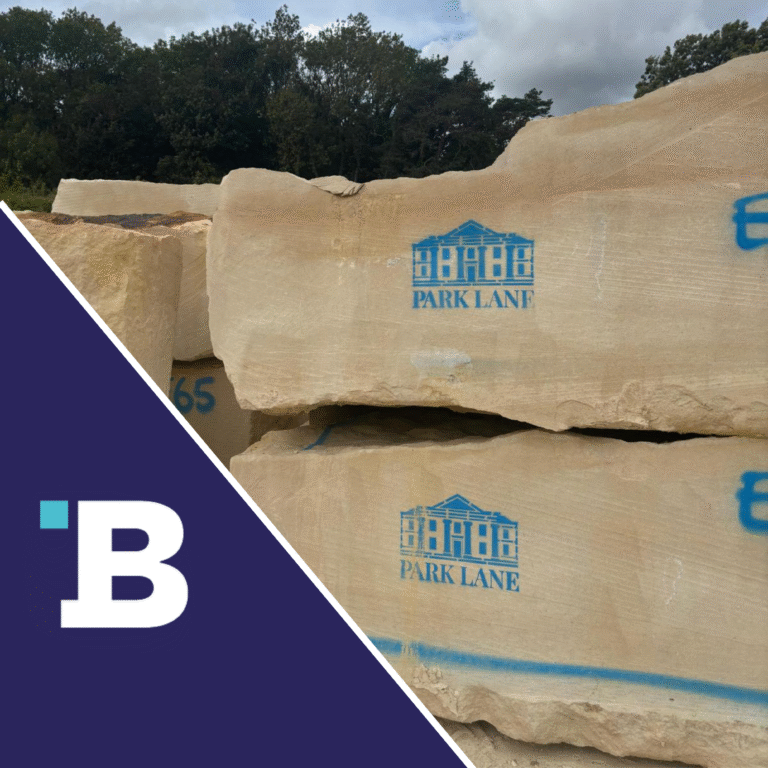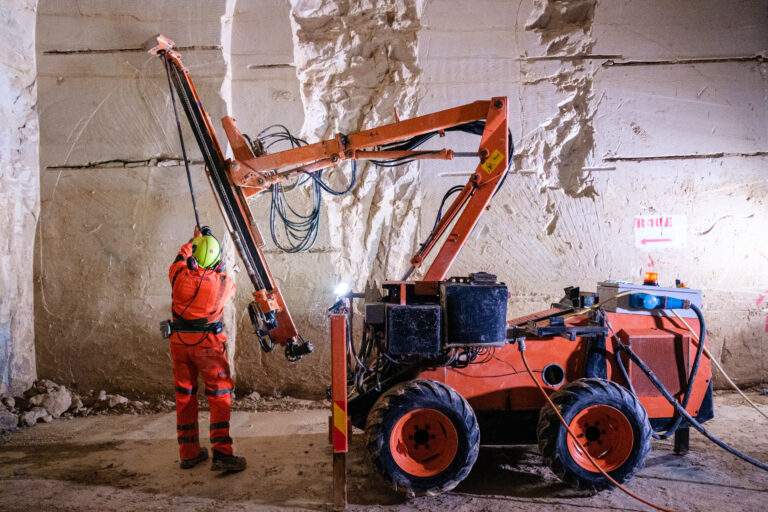A Stoneworld Group Company
Bath Stone and Cotswold Stone are similar, but not the same. Both are oolitic limestones that share a creamy, honey tone, making them instantly recognisable across southern England.
Our Bath Stone is primarily quarried around Bath and Corsham, including the Park Lane Bathstone Quarry, and is known for its fine grain, pale consistency, and excellent carving properties. Its uniform colour and texture make it the material of choice for precise architectural detailing and restoration work.
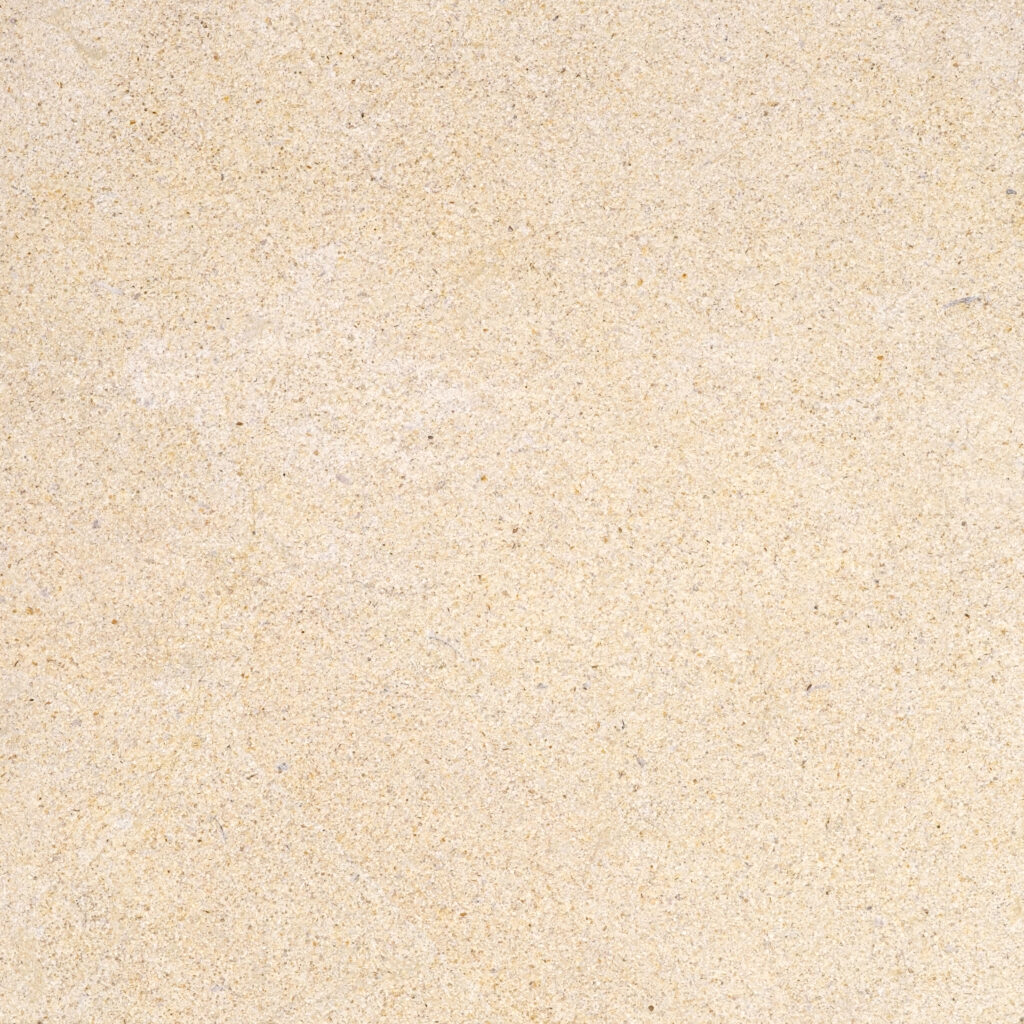
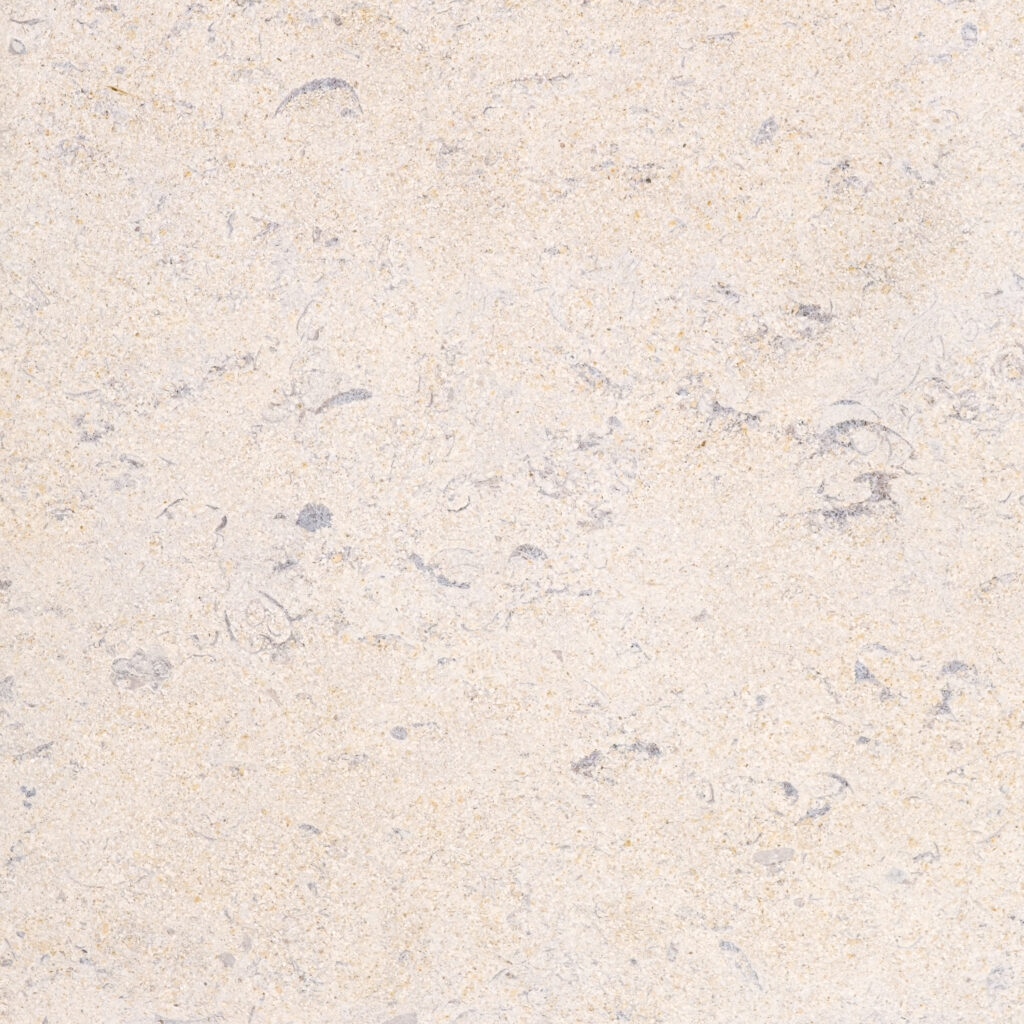
Cotswold Stone, on the other hand, is quarried further north across the Cotswold Hills. It has a rougher, more varied texture, ranging from pale cream to rich golden hues. It’s often used in traditional cottages and dry-stone walls that define the Cotswold landscape.
Both stones carry regional heritage, but Bath Stone’s smoother surface and strength give it an advantage in restoration and refined architectural design.


Do Bath Stones Really Work?
Yes, Bath Stone is an extremely reliable building material, proven by centuries of use in the city of Bath and surrounding areas. It’s durable, versatile, and naturally weather-resistant, making it suitable for both modern and heritage projects.

The Park Lane Bathstone Quarry continues this tradition today, supplying freshly quarried Bath Stone that offers the same qualities as the stone used in Bath’s Georgian architecture. It’s strong enough to withstand weathering but soft enough for detailed carving, making it ideal for façades, cladding, columns, and restoration.
Unlike many synthetic alternatives, natural Bath Stone breathes, allowing moisture to escape, which helps prevent long-term structural damage, one reason it’s still preferred by architects and conservation experts alike.

Is Cotswold Stone the Same as Bath Stone?
Although both Bath Stone and Cotswold Stone are oolitic limestones, they differ in texture, colour, and consistency.
Bath Stone has a fine, even grain with fewer impurities, giving it a smoother finish that’s easier to carve. Its light, creamy colour remains consistent across batches, making it perfect for uniform architectural projects.
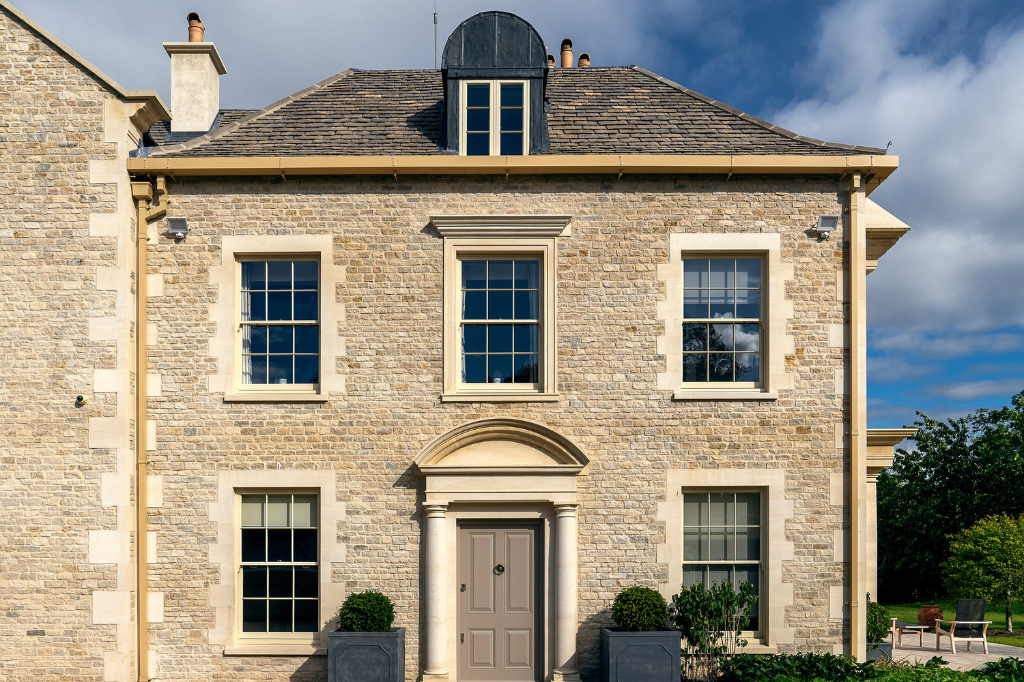
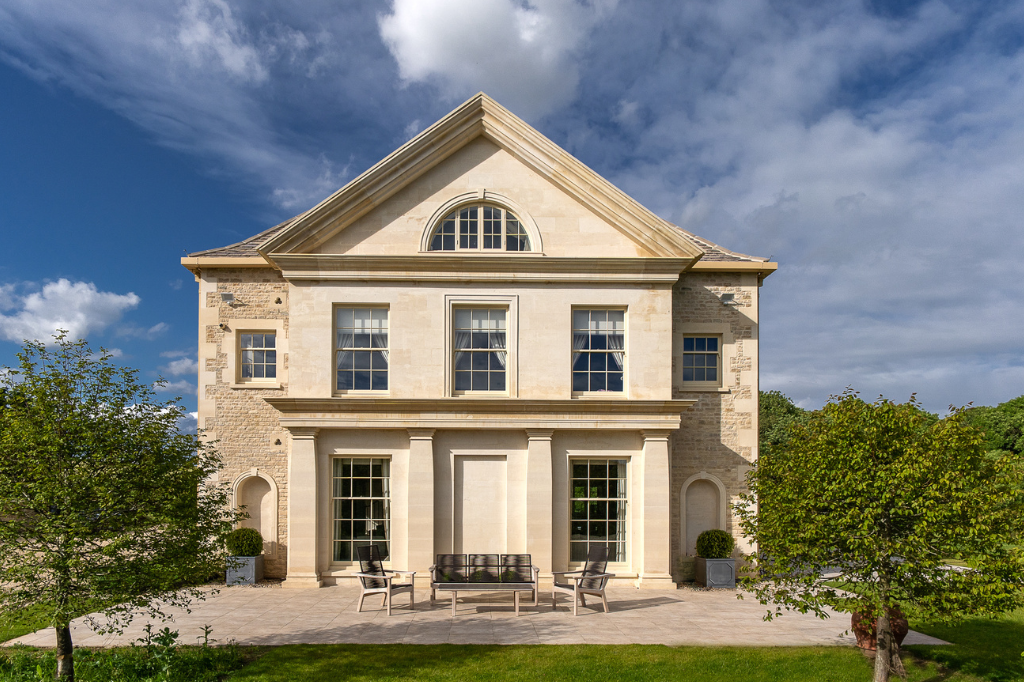
Cotswold Stone, in contrast, contains more natural variation in tone and grain. Predictable for projects that need precise matching. It is mainly used for traditional dry stone walling, where its rustic appearance and irregular texture enhance the natural character of rural landscapes and garden designs.
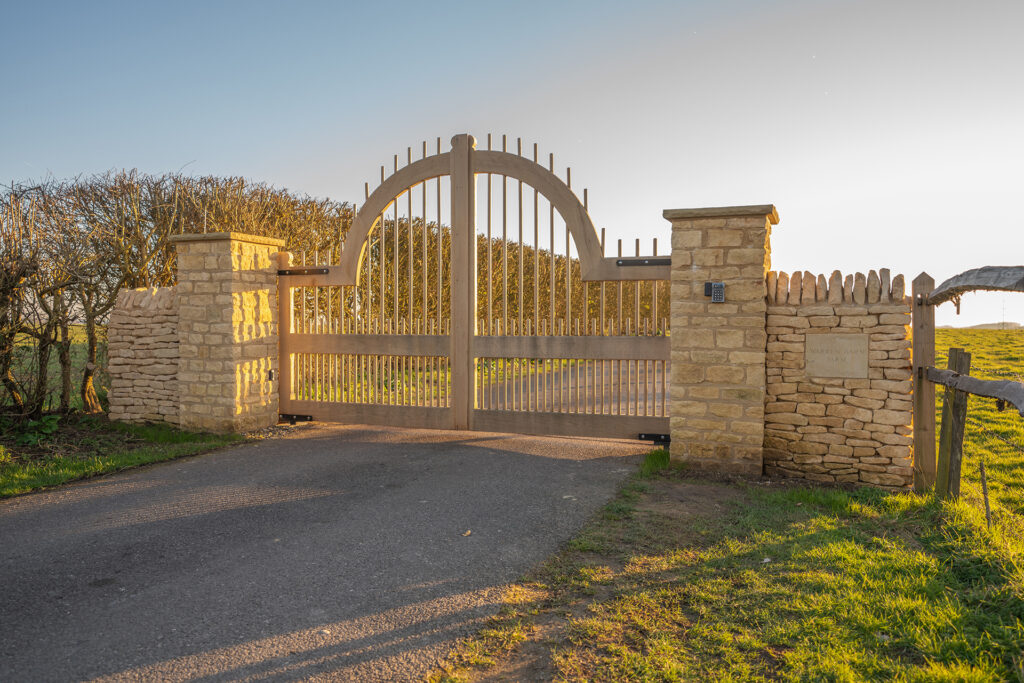

Park Lane Bathstone ensures that every block meets strict quality standards, making it a trusted source for both new builds and restoration projects where authenticity and appearance are critical.
What Is a Bath Stone Called?
The term “Bath Stone” refers to oolitic limestone extracted from the area surrounding Bath, Corsham, and Box. The name comes from its extensive use in the historic architecture of Bath, a city built almost entirely from this stone.

Each quarry has slightly different characteristics, but Bath Stone is known for its pale, warm tone and fine composition. The Park Lane Bathstone Quarry continues to produce stone that reflects this same natural quality, maintaining the region’s architectural identity.
In masonry, Bath Stone is often chosen for mouldings, steps, and detailed carvings, where precision and visual consistency are vital.
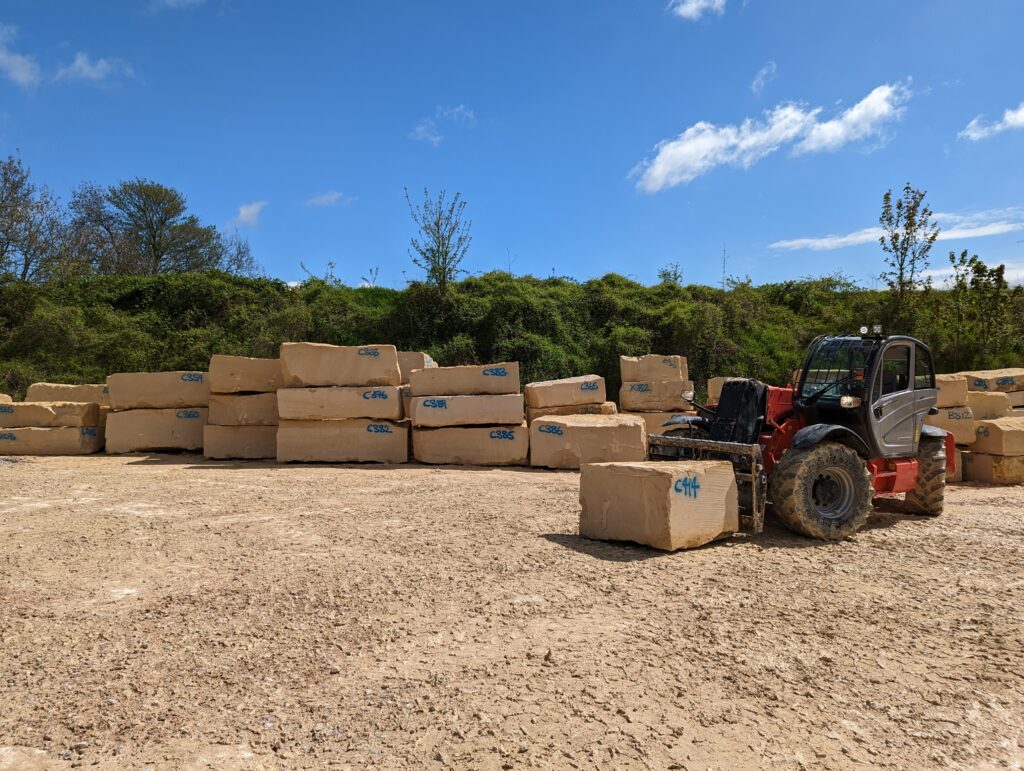
What Is the Average Lifespan of Bath Stone in Architecture?
Bath Stone can last for centuries when properly maintained, many Georgian buildings in Bath are still standing strong after more than 250 years. Its fine grain and balanced porosity allow it to breathe, preventing cracking and internal decay. With regular cleaning and sealing, Bath Stone weathers evenly and can easily exceed 300 years of structural life.
Cotswold Stone has a similar durability but tends to weather faster in exposed conditions due to its coarser grain.
The consistent quality of stone from Park Lane Bathstone Quarry ensures longevity, making it ideal for both restoration and new architectural projects designed to last for generations.
Built to Last — The Strength of Genuine Bath Stone
As part of the Stoneworld Group, Park Lane Bathstone benefits from the combined expertise of one of the UK’s leading stone specialists.
Our quarry supplies authentic Bath Stone used across restoration, architectural, and bespoke building projects, while Stoneworld offers a wide range of complementary natural and engineered stones for every type of design.
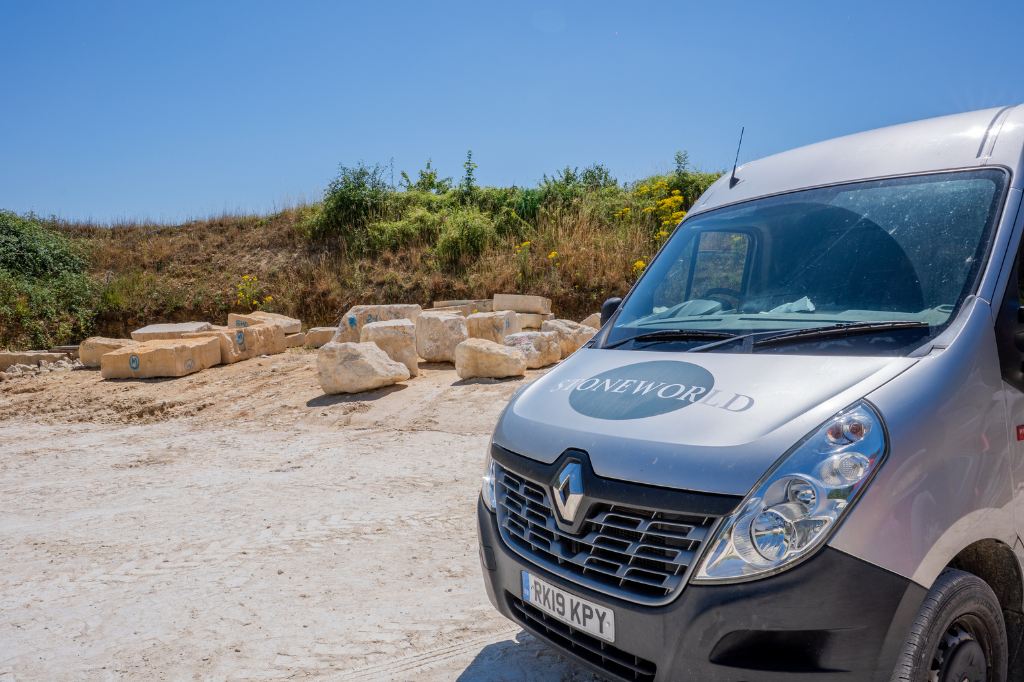
If you’re interested in exploring more stone materials for your project, from high-quality limestones to precision-cut porcelain and quartz, we recommend visiting the Stoneworld showroom to see the full range in person.


